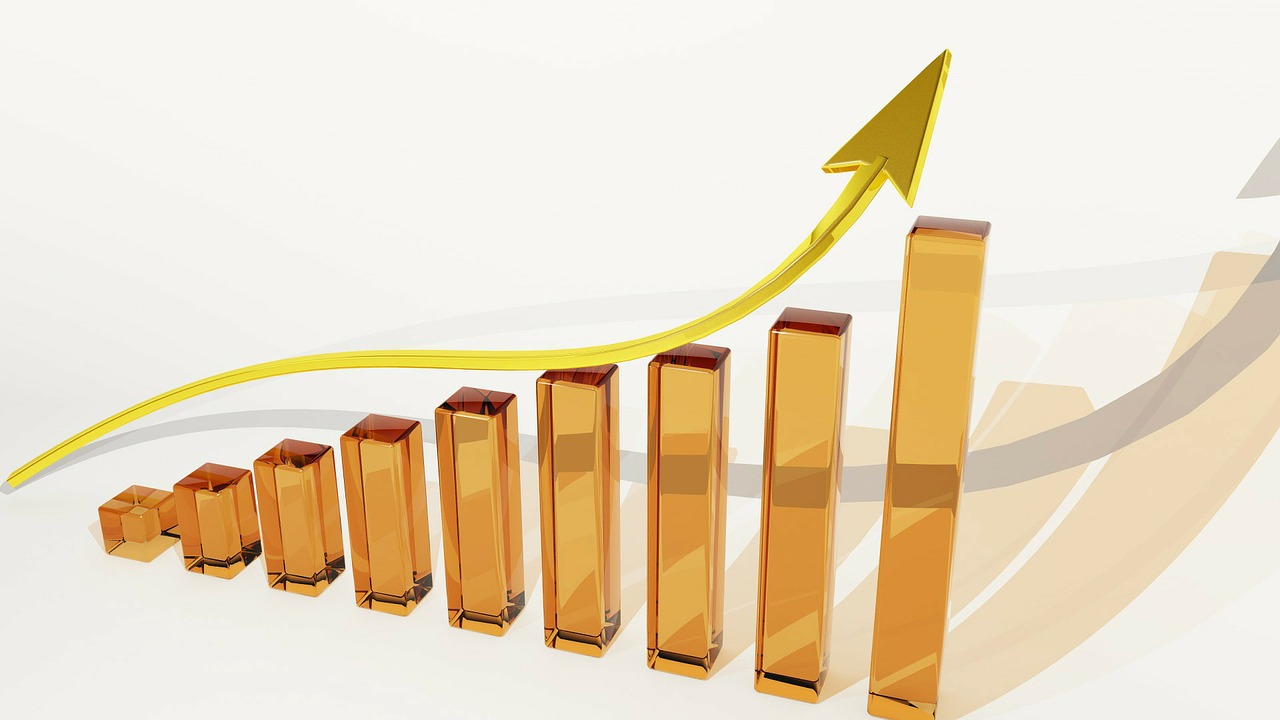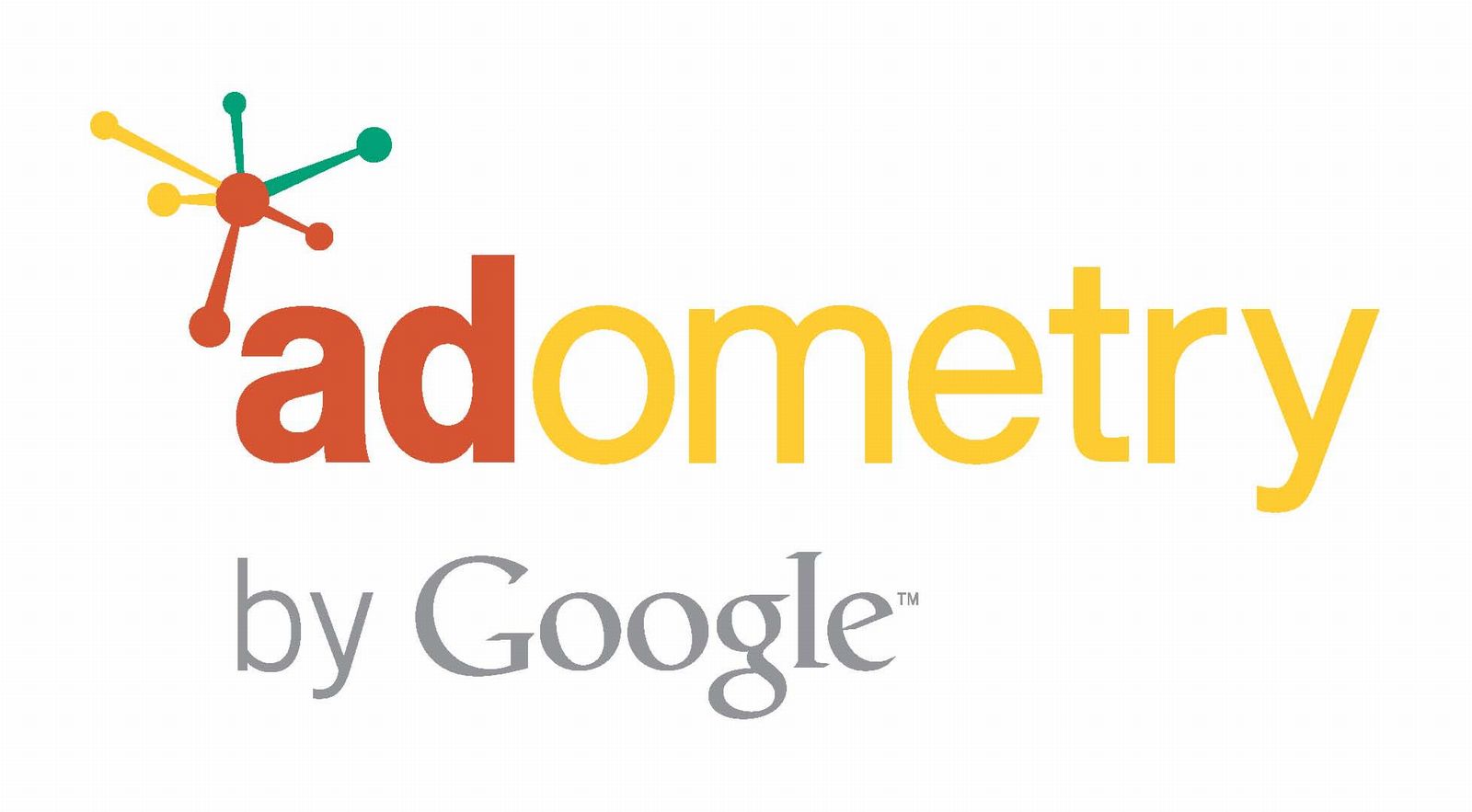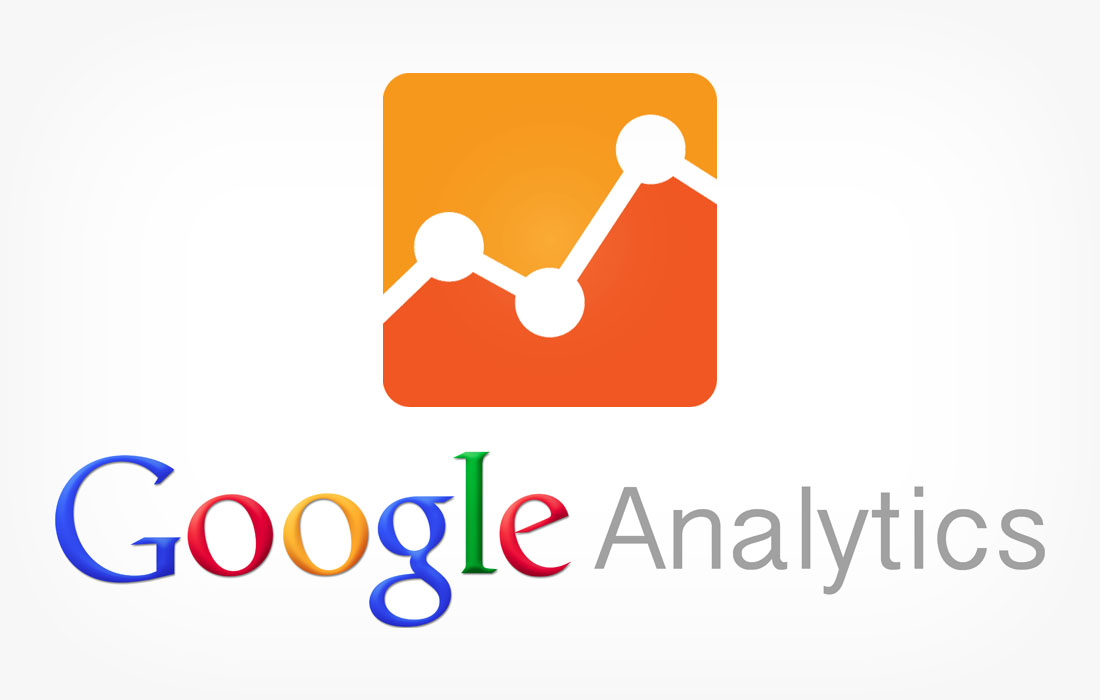
What is a Bounce Rate?
Bounce rate is the percentage of visitors who enter a site or a page and then leave without going to any other page. It is calculated by dividing single page visits by the total site visits. Note, if a visitor enters through a page and refreshes it but never goes beyond the first page the visit is not counted as a single page visit.
What Causes High Bounce Rates?
1. Internal Factors:
• Website Content: Make sure your content adds some value to your visitors and also the content and information flow is good enough to carry your visitors from one page to the other.
• Web Design and Usability: Presentation is important, so if your web design is cluttered, full of jumping flash animations or has some other design flaw that makes your visitors feel uncomfortable you can be sure that the page would experience a high bounce rate.
• Website Navigation: If you want your visitors to move around your website provide them with a clear intuitive navigation structure.
2. Marketing Factors Affecting Bounce Rate
• Ad Copy: Ad copy represents your website in the paid search results. If this representation is not aligned to what your landing page has to offer it is going to negatively impact on your bounce rate.
• Page Title and Meta Description: Search Engines typically display the Page Title and Meta description in the organic search result snippets. If this message is not in line with the content of the page, your website will show for irrelevant searches in the organic results thus causing a higher bounce rate.
Why high Bounce Rate is not always bad
Bounce Rate is a great starting metric when you are trying to optimise your site, but be careful and make sure that you are measuring the true bounce rate. Below are three factors that lead to the misreporting of bounce rates.
1. Links and Ads to external sites
Many sites have links and ads to external sites such as Google AdSense, sponsors, micro sites etc. Considering those external links as exits will count visits as bounces even though the visitors are doing exactly what you want them to do that is click on those links that you provided them. It is not really a bounce because visitors are taking the action that you want them to take.
2. Type of Pages
Pages that provide the information that the visitors are looking for, like blog pages or contact details pages, usually have a higher bounce rate. Since those pages serve the visitors’ need you are likely to see high bounce rates on those pages.
3. A/B Test & Multivariate Test
If you are testing landing pages where the visitor only has the option to sign up with no other links on the page, then such a page can have a high bounce rate. But if such a page has a bounce rate of 70%, it also means that it has a very good conversion rate of 30%. So in such a case, a high bounce rate is not a very good indication of its performance.
I hope this clears up some of the confusion around Bounce Rates and gives you more to think about if you are seeing high bounce rates in your analytics data. If you have any questions or comments about this article, please let me know in the comments.
By Manesh Ram, Digital Marketing Specialist. Please follow @maneshram & Meta






